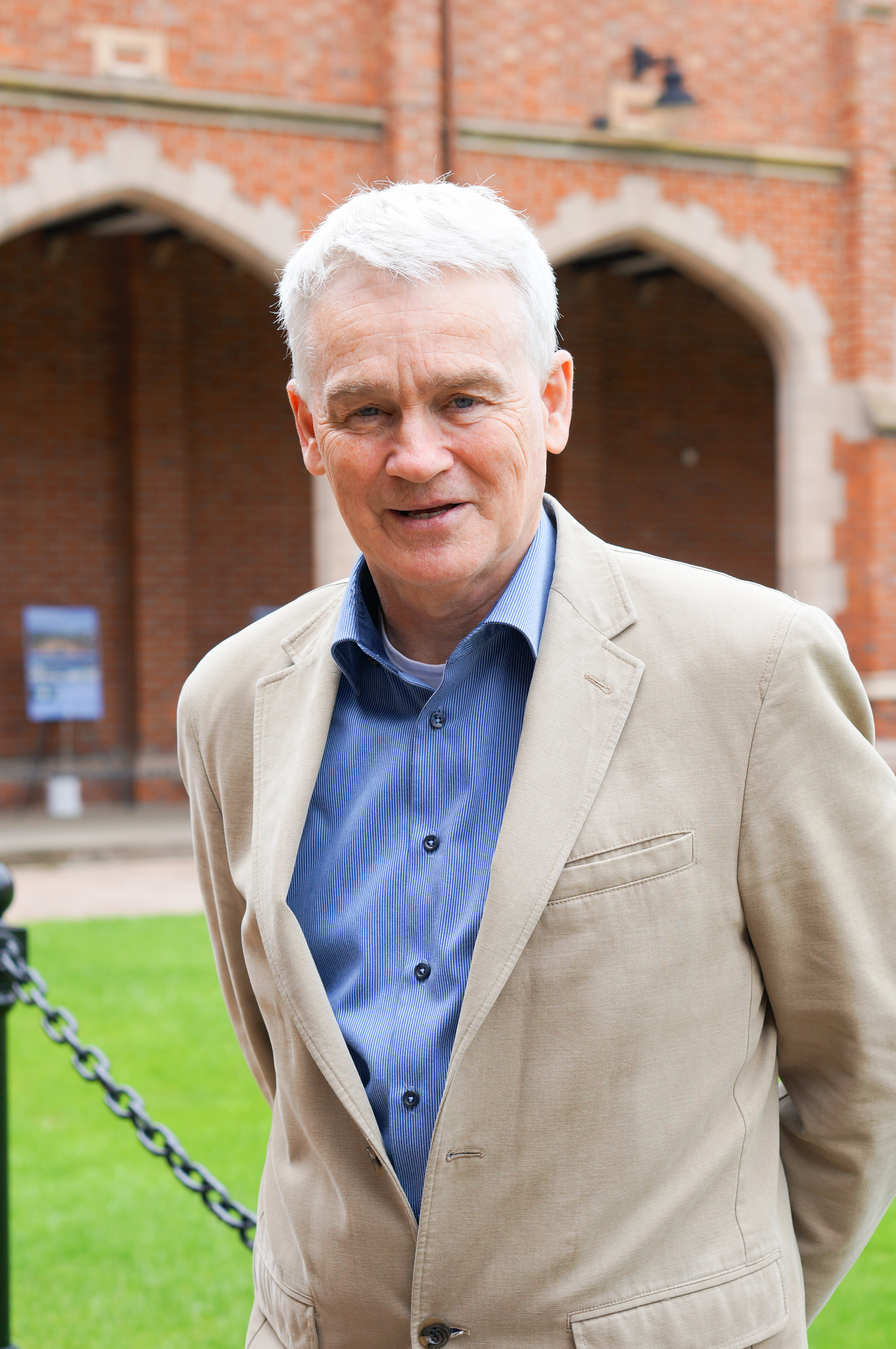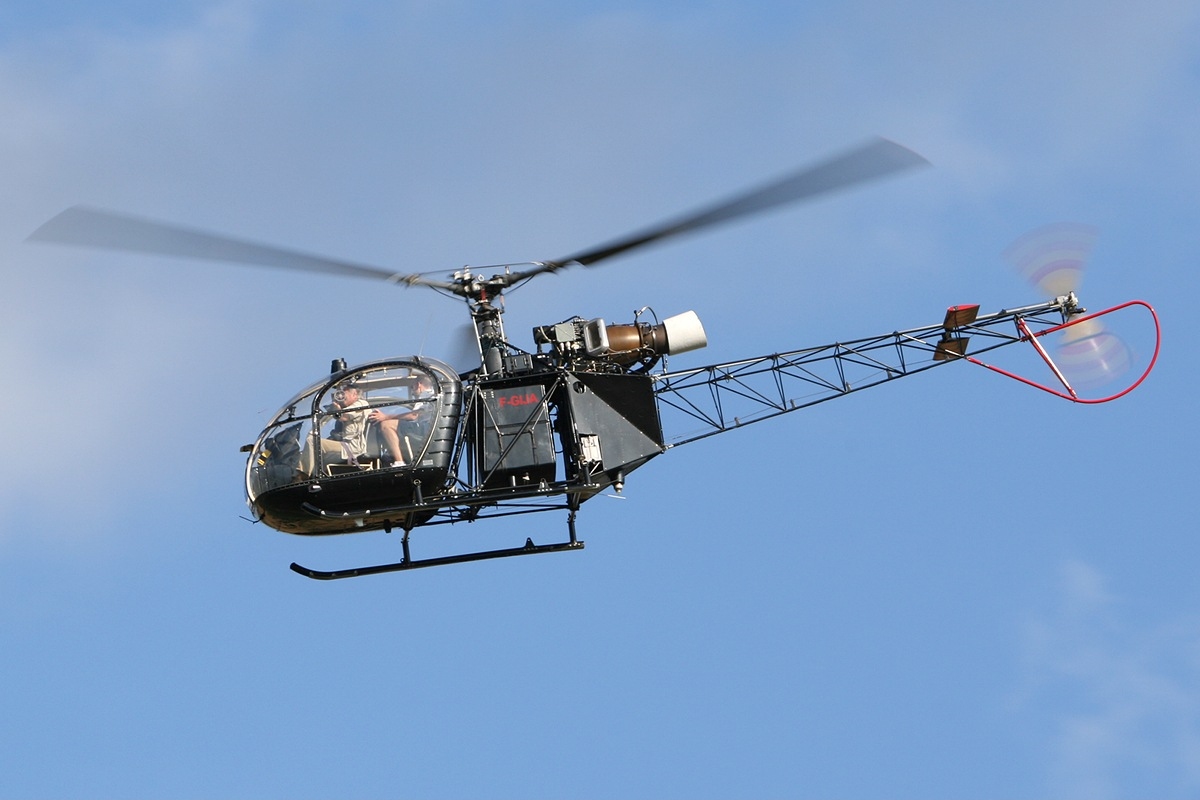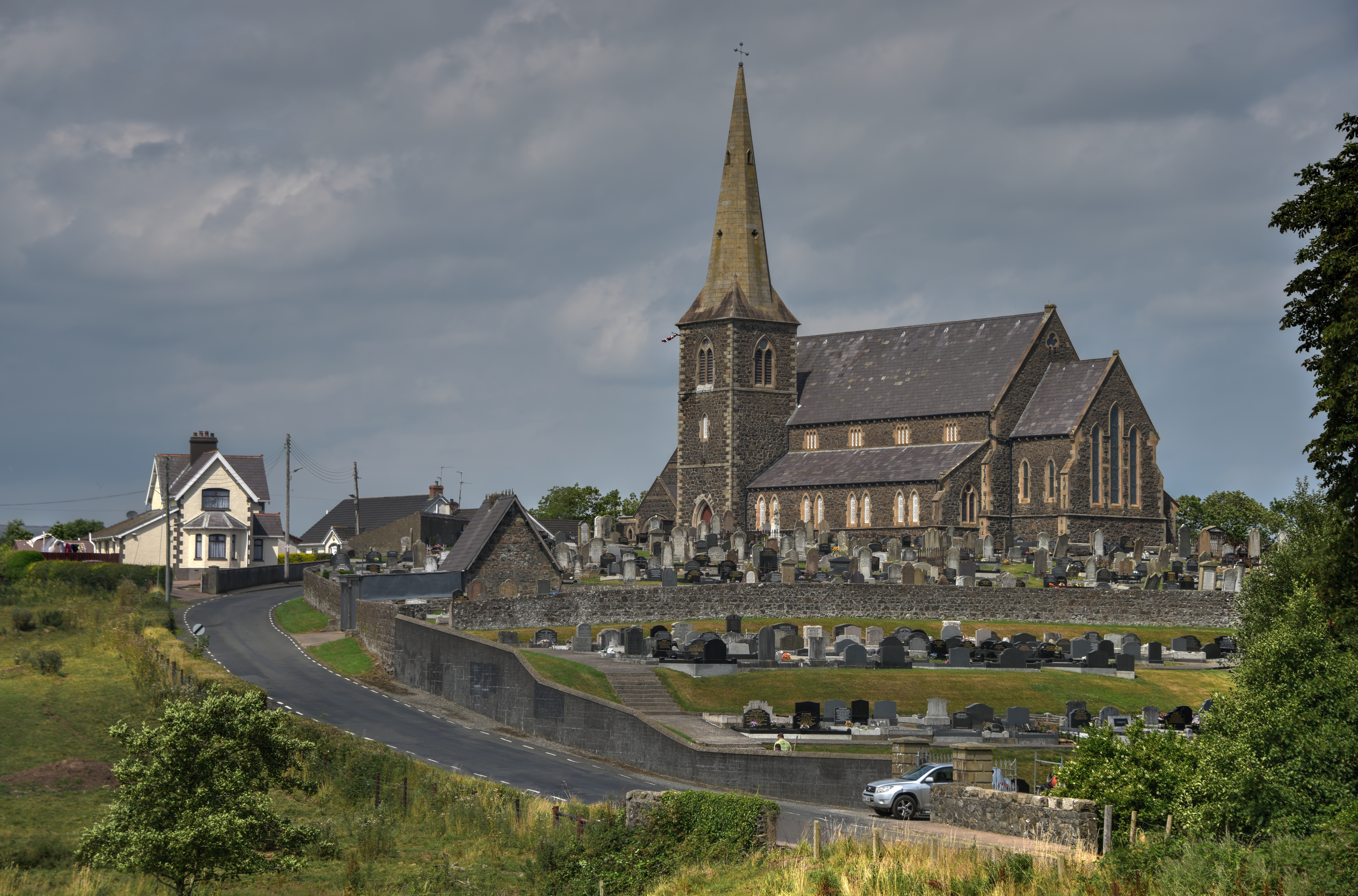|
East Tyrone Brigade
The East Tyrone Brigade of the Provisional Irish Republican Army (IRA), also known as the Tyrone/Monaghan Brigade was one of the most active republican paramilitary groups in Northern Ireland during "the Troubles". It is believed to have drawn its membership from across the eastern side of County Tyrone as well as north County Monaghan and south County Londonderry. List of notable actions from 1971 until Loughgall Dates highlighted in bold indicate three or more fatalities. *14 September 1971: a British soldier (John Rudman, aged 21) was shot dead while on mobile patrol, Edendork, near Coalisland, County Tyrone. He was the first British soldier killed by the East Tyrone Brigade *14 March 1972: A two-man IRA unit armed with sub-machine guns ambushed a joint British Army/RUC patrol on Brackaville Road outside Coalisland, County Tyrone. Over 50 shots were fired by the unit. The RUC officer, William Logan (aged 23), who was driving the police patrol vehicle was mortally wounded and ... [...More Info...] [...Related Items...] OR: [Wikipedia] [Google] [Baidu] |
Coalisland
Coalisland () is a small town in County Tyrone, Northern Ireland, with a population of 5,682 in the 2011 Census. Four miles from Lough Neagh, it was formerly a centre for coal mining. History Origins In the late 17th century coal deposits were discovered in East Tyrone. While it was possible to exploit these resources, the difficulty was getting the coal to market in Dublin. In 1744 work began on the Coalisland Canal linking the coalfields to Lough Neagh. The town grew up around the canal workings. Twentieth century On 24 August 1968, the Campaign for Social Justice (CSJ), the Northern Ireland Civil Rights Association (NICRA), among others, held the first civil rights march in Northern Ireland. The march went from Coalisland to Dungannon. The Troubles The town has traditionally been viewed as an IRA stronghold throughout the twentieth century, with deep and enduring links to republicanism in the vicinity. From 1969 to 2001, a total of 20 people were shot in or near ... [...More Info...] [...Related Items...] OR: [Wikipedia] [Google] [Baidu] |
Coalisland Riots (1992)
The 1992 Coalisland riots were a series of clashes on 12 and 17 May 1992 between local Irish nationalism, Irish nationalist civilians and British Army soldiers (of the 3rd Battalion, The Parachute Regiment, Third Battalion of the Parachute RegimentThe Economist, Volume 323, Issues 7761-4 and the King's Own Scottish Borderers) in the town of Coalisland, County Tyrone, Northern Ireland. The Third Battalion 1992 tour's codename was "Operation Gypsy". Provisional IRA attack On 12 May 1992, a unit of the Provisional Irish Republican Army (IRA) Provisional IRA East Tyrone Brigade, East Tyrone Brigade launched a bomb attack on a British Army foot patrol near the republican stronghold of Cappagh, County Tyrone, Cappagh, County Tyrone. One soldier of the Parachute Regiment, Alistair Hodgson, lost both legs as a result. The improvised landmine was described in an IRA statement as an "anti-personnel device".''The Irish Emigrant:'"New Paratroop controversy" issue Nº 276, 18 May 1992. , em ... [...More Info...] [...Related Items...] OR: [Wikipedia] [Google] [Baidu] |
Irish Republican
Irish republicanism ( ga, poblachtánachas Éireannach) is the political movement for the unity and independence of Ireland under a republic. Irish republicans view British rule in any part of Ireland as inherently illegitimate. The development of nationalist and democratic sentiment throughout Europe in the eighteenth and nineteenth centuries, distilled into the contemporary ideology known as republican radicalism, was reflected in Ireland in the emergence of republicanism, in opposition to British rule. Discrimination against Catholics and Protestant nonconformists, attempts by the British administration to suppress Irish culture, and the belief that Ireland was economically disadvantaged as a result of the Acts of Union were among the specific factors leading to such opposition. The Society of United Irishmen, formed in 1791 and led primarily by liberal Protestants, launched the 1798 Rebellion with the help of troops sent by Revolutionary France, but the uprising f ... [...More Info...] [...Related Items...] OR: [Wikipedia] [Google] [Baidu] |
Tommy McKearney
Tommy McKearney (born 1952) is a former Irish volunteer in the Provisional Irish Republican Army who took part in the 1980 hunger strike. Background McKearney was born in Lurgan in the north-east of County Armagh, but he was raised in The Moy, a village in the south-east of County Tyrone, just across the River Blackwater from County Armagh. He was born into a family with a long tradition of Irish republicanism. Both his grandfathers had fought in the Irish Republican Army in the Irish War of Independence, his maternal grandfather Tom Murray being an Adjutant General in the North Roscommon Brigade. McKearney lost three of his brothers during the Northern Ireland Troubles. Sean was killed by his own bomb in 1974, Pádraig was killed by the Special Air Service (SAS) in the Loughgall Ambush on 8 May 1987, and Kevin, a non-paramilitary, was murdered by the Ulster Volunteer Force (UVF) in 1992 while working in the family's butcher shop. His sister, Margaret, was the subject of an u ... [...More Info...] [...Related Items...] OR: [Wikipedia] [Google] [Baidu] |
Jim Lynagh
Jim Lynagh ( ga, Séamus Ó Laighneach; 13 April 1956 – 8 May 1987) was a member of the East Tyrone Brigade of the Provisional Irish Republican Army (IRA), from Monaghan Town in the Republic of Ireland. Background One of twelve children, Lynagh was born and raised on the Tully Estate, a housing estate in the townland of Killygowan on the southern edge of Monaghan Town, County Monaghan, in the Republic of Ireland. He joined the Provisional Irish Republican Army (Provisional IRA) in the early 1970s. In December 1973 he was badly injured in a premature bomb explosion, arrested, and spent five years in the Maze Prison. While imprisoned, he studied and became a great admirer of Mao Zedong. After his release from prison in 1979 Lynagh was elected as a Sinn Féin councillor for Monaghan, and held this position when he was killed. At the time of his death, Lynagh had been living in a flat on Dublin Street in Monaghan Town. East Tyrone Brigade After his release from prison Lynagh be ... [...More Info...] [...Related Items...] OR: [Wikipedia] [Google] [Baidu] |
Kevin McKenna (Irish Republican)
Kevin McKenna (; 25 June 1945 – 25 June 2019) was an Irish republicanism, Irish republican and Volunteer (Irish republican), volunteer in the Provisional IRA East Tyrone Brigade, Tyrone Brigade and List of IRA Chiefs of Staff, Chief of Staff of the Provisional Irish Republican Army (IRA). McKenna, a guarded, reclusive figure, was the longest-serving chief of staff of the IRA, serving from 1983 to 1997. Background From Brantry, near Dungannon, County Tyrone, McKenna was born on 25 June 1945. From the mid-1970s, he lived in Smithborough, County Monaghan. McKenna joined the IRA in the mid-1960s before he emigrated to Canada. After internment was introduced in Northern Ireland, Kenna returned to Ireland and again became involved in IRA forming a new active service unit (ASU) based in the Eglish and Aughnacloy areas. When McKenna returned from Canada, he had enough money to purchase a car, and this mobility, allied with the fact that he was single and committed, aided him in risin ... [...More Info...] [...Related Items...] OR: [Wikipedia] [Google] [Baidu] |
Patrick Joseph Kelly
Patrick Joseph Kelly (19 March 19578 May 1987), was an Irish commander of the East Tyrone Brigade of the Provisional Irish Republican Army during the mid-1980s until his death in a Special Air Service ambush at Loughgall, County Armagh in May 1987. Background The oldest child in a Roman Catholic family of five, Kelly was born and lived in Carrickfergus until he was 16 before the family returned to live in Dungannon. Paramilitary activity Kelly became a member of the Provisional Irish Republican Army at the beginning of the 1970s and became one of the most experienced IRA men in Tyrone. He was arrested in February 1982 based on testimony from an informant named Patrick McGurk but was released in October 1983 due to lack of evidence, after a trial that lasted fifteen minutes. In 1985, Kelly became brigade commander in East Tyrone and began developing tactics for attacking isolated Royal Ulster Constabulary (RUC) bases in his area. Under his leadership the East Tyrone Brigad ... [...More Info...] [...Related Items...] OR: [Wikipedia] [Google] [Baidu] |
Kevin Mallon (Irish Republican)
The Mountjoy Prison helicopter escape occurred on 31 October 1973 when three Provisional Irish Republican Army (IRA) volunteers escaped from Mountjoy Prison in Dublin, Ireland, by boarding a hijacked helicopter that briefly landed in the prison's exercise yard. The escape made headlines around the world and was an embarrassment to the Irish coalition government of the time, led by Fine Gael's Liam Cosgrave, which was criticised by opposition party Fianna Fáil. A manhunt involving twenty thousand members of the Irish Defence Forces and Garda Síochána was launched for the escapees, one of whom, Seamus Twomey, was not recaptured until December 1977. The Wolfe Tones wrote a song celebrating the escape called "The Helicopter Song", which topped the Irish popular music charts. Background Following the outbreak of the Troubles in the late 1960s, the Provisional IRA had conducted an armed campaign that sought to create a united Ireland by ending Northern Ireland's status as part o ... [...More Info...] [...Related Items...] OR: [Wikipedia] [Google] [Baidu] |
Osnabrück Barracks Attack
Osnabrück (; wep, Ossenbrügge; archaic ''Osnaburg'') is a city in the German state of Lower Saxony. It is situated on the river Hase in a valley penned between the Wiehen Hills and the northern tip of the Teutoburg Forest. With a population of 168,145 Osnabrück is one of the four largest cities in Lower Saxony. The city is the centrepoint of the Osnabrück Land region as well as the District of Osnabrück.Osnabrück: Lebendiges Zentrum im Osnabrücker Land www.osnabruecker-land.de The founding of Osnabrück was linked to its positioning on important European trading routes. |
Crumlin Road Prison Bombing
Crumlin may refer to: Northern Ireland, UK * Crumlin, Belfast, a ward of North Belfast * Crumlin, County Antrim, a village in County Antrim ** Crumlin railway station, Northern Ireland, County Antrim ** Crumlin United F.C., a Northern Irish football club * Crumlin Road, Belfast Republic of Ireland * Crumlin, County Westmeath, a townland in the civil parish of Rathaspick * Crumlin, Dublin, a suburb of Dublin ** Crumlin GAA Crumlin GAA Club is a Gaelic Athletic Association club in Crumlin, Dublin, Ireland. Origins of the game in Crumlin As far back as the 1740s Hurling was to be seen in Crumlin. The village was bordered by an area of "Common Land". The most imp ..., a Gaelic Athletic Association in Dublin Wales, UK * Crumlin, Caerphilly, a town in Caerphilly County Borough {{dab, geodis ... [...More Info...] [...Related Items...] OR: [Wikipedia] [Google] [Baidu] |
Attack On Derryard Checkpoint
On 13 December 1989 the Provisional Irish Republican Army (IRA) attacked a British Army permanent vehicle checkpoint complex manned by the King's Own Scottish Borderers (KOSB) near the Northern Ireland–Republic of Ireland border at Derryard townland, a few miles north of Rosslea, County Fermanagh. The IRA unit, firing from the back of an armoured dump truck, attacked the small base with heavy machine-guns, grenades, anti-tank rockets and a flamethrower. A nearby Army patrol arrived at the scene and a fierce firefight erupted. The IRA withdrew after leaving a van bomb inside the complex, but the device did not fully detonate. The assault on the outpost left two soldiers dead and two wounded. Planning According to journalist Ed Moloney, the IRA Army Council, suspecting a great deal of infiltration by double agents at the grassroots level of the IRA, decided to form an experimental flying column (instead of the usual active service unit) to mount a large-scale operation ... [...More Info...] [...Related Items...] OR: [Wikipedia] [Google] [Baidu] |
1997 Nationalist Riots In Northern Ireland
From 6 to 11 July 1997 there were mass protests, fierce riots and gun battles in Irish nationalist districts of Northern Ireland. Irish nationalists/ republicans, in some cases supported by the Provisional Irish Republican Army (IRA), attacked the Royal Ulster Constabulary (RUC) and British Army. The protests and violence were sparked by the decision to allow the Orange Order (a Protestant, unionist organization) to march through a Catholic/nationalist neighbourhood of Portadown. Irish nationalists were outraged by the decision and by the RUC's aggressive treatment of those protesting against the march. There had been a bitter dispute over the march for many years. It was the last spell of widespread violence in Northern Ireland before the signing of the Good Friday Agreement in April 1998. The security forces were attacked hundreds of times by rioters throwing stones and petrol bombs, and by IRA members with automatic rifles and grenades. They fired more than 2,500 plastic ... [...More Info...] [...Related Items...] OR: [Wikipedia] [Google] [Baidu] |

.jpg)





